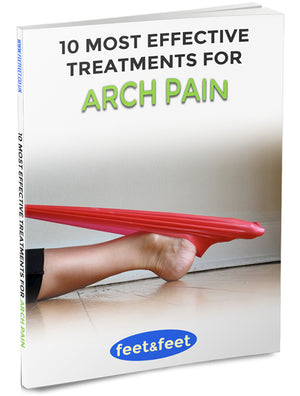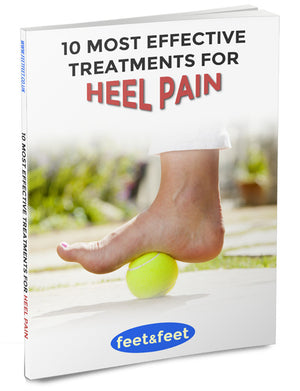Does Shock Wave Therapy For Plantar Fasciitis Work?

When all other treatments for plantar fasciitis don’t seem to improve your condition, then you may want to opt for a non-surgical procedure known as shock wave therapy (also known as Extracorporeal Shock Wave Therapy or simply ESWT).
This non-invasive procedure is used to treat severe plantar fasciitis, tennis elbow, Achilles tendonitis, and other physical conditions.
How Does It Work?
The process uses both low-energy and high-energy shock waves to deliver desired results. Both forms of energy can be used to treat plantar fasciitis. In most cases, this process takes between 18-20 minutes and you may require more than one session.
- For low-energy, the experts provide a series of between three and four treatments depending on the severity of the condition. Mostly, the low-energy shock waves are negligibly painful or not painful at all.
- High-energy shock waves, on the other hand, are delivered in just one session. This kind of treatment is mostly very painful, and anaesthesia might be needed to reduce the pain. In high energy treatment, experts can choose to use either general or regional block anaesthesia.
The shock wave is believed to work by inducing a little trauma to the tissues around the affected areas. It is this trauma that triggers the healing process and response by the body.
The healing process initiates the formation of blood vessels that then supply essential nutrients to the affected region. The induced trauma helps to evoke the repair process as well as relieve the victim from the pain symptoms.
How Effective Is It?
According to medical experts, shock wave therapy is one of the most reliable alternative treatments for plantar fasciitis.
Some patients respond to the treatment almost immediately while it can take several weeks for others to feel improvements.
In 2000, the FDA approved the use of shock wave therapy for plantar fasciitis. However, since then, with the help of technology, other techniques have been introduced to treat similar conditions.
The most significant thing about shock wave therapy is that it is non-invasive. This means that the recovery process is short since there is no scar left behind. Therefore, it is an appropriate option for the infections that, at times, prove challenging to treat.
Furthermore, medical experts are always looking for the best options to treat patients who do not seem to respond to simpler procedures. For a long period, shock wave therapy has been used as that alternative.
Risks Involved in Shock Wave Therapy
Other than being very expensive, there is a controversy about whether it is the best alternative out there. Each shot of this treatment costs a lot of money, and regardless of the form you go for, you will need to receive multiple shots of it.
It is essential to mention that the level of effectiveness of this treatment is not much higher than that of alternative procedures. The difference will vary, depending on how the treatment is done, and how serious the infection is.
Even the reports in the literature are a bit contradicting. However, the ones that tend to support the procedure indicate that it only helped a fraction of patients. Therefore, a good number of patients will still live with the pain sooner or later after receiving the shots. It is essential to only get this treatment from qualified professionals.
Alternative Treatments
The debate is still on whether shock wave therapy is worth the praise or not. The current recommendation states that the procedure might only be helpful to patients who have failed the other alternatives and want more invasive options.
It is advised that patients consider the traditional methods for a period of between six months and one year before trying shock wave therapy.
For patients struggling with plantar fasciitis, there are other treatment options such as:
- Stretches and exercises
- Ice therapy
- Custom orthotics
- Off-the-shelf orthotics such as inserts and insoles
You should start with these plantar fasciitis treatments and see if your condition improves. If it doesn’t, then you can consider shock wave therapy.





Comments
Leave a comment